Disclosure: This article contains affiliate links. We may earn a commission from purchases at no extra cost to you, which helps our travel content.
Standing in the bustling Place Menelik, sweat beading down my temples despite the 'cooler' winter temperatures, I found myself at the crossroads of African, Arab, and European histories. Djibouti City isn't your typical romantic getaway, but for couples who hunger for stories etched in stone and flavors born from cultural collision, this compact Horn of Africa capital delivers an intoxicating historical feast. My partner and I had just 72 hours to unravel centuries of colonial influence and the proud path to independence—challenge accepted.
European Quarter: Where Colonial Architecture Tells Tales
The European Quarter (Quartier Européen) feels like stepping into a Franco-East African time capsule. The wide boulevards lined with whitewashed buildings sporting wrought-iron balconies whisper stories of French colonial ambitions. Place Menelik square stands as the heart of this district, anchored by the iconic Hamoudi Mosque whose minaret has watched over the city since 1906.
My partner and I wandered through the streets during the golden hour, when the setting sun painted the colonial facades in warm amber hues. The architecture here is surprisingly well-preserved—a mix of Art Deco and traditional Somali influences that somehow works beautifully together.
After hours of exploration, we retreated to the shade of Café de la Gare, housed in a restored colonial building near the old railway station. The espresso here rivals anything I've had in Barcelona, and they serve it with a side of local cardamom cookies that perfectly balance bitter and sweet. I pulled out my travel sketchbook to capture the scene while my partner flipped through historical photographs provided by the café owner.

💡 Pro Tips
- Visit the European Quarter early morning or late afternoon to avoid the midday heat
- Look up to spot architectural details like French shutters and Arabic-influenced window designs
- The Tourist Office in Place Menelik has excellent free maps highlighting colonial landmarks
Les Corniches: Coastal History & Independence Monuments
Les Corniches, the seaside promenades stretching along Djibouti City's coast, offer more than just beautiful Gulf of Aden views—they're outdoor museums chronicling the country's journey to independence. We started our morning walk at the imposing Independence Monument, a concrete sculpture whose upward thrust symbolizes Djibouti breaking free from colonial rule in 1977.
The morning coastal breeze made the 75°F winter temperature feel absolutely perfect as we strolled past diplomatic buildings that once housed colonial administrators. Many now fly the Djibouti flag proudly, a powerful visual of the transition from colony to sovereign nation.
Midway through our walk, we discovered a small local museum housed in a former customs building. The curator, an elderly gentleman named Mahmoud, walked us through black-and-white photographs documenting the independence movement. His personal stories of participating in demonstrations as a young man brought history vividly to life.
Pro tip: The coastal walk can get intensely sunny even in winter, so I was grateful for my sun hat which provided perfect face protection while still looking stylish in our photos. My partner relied on his cooling towel which was a lifesaver in the persistent heat.

💡 Pro Tips
- Walk Les Corniches in early morning when local fishermen bring in their catch
- Look for the series of independence murals near the port entrance
- Bring small bills to tip museum guides who offer personal perspectives on historical events
Bab-el-Mandeb Market: Colonial Trade Routes to Modern Commerce
No historical journey through Djibouti is complete without diving into the sensory overload that is Bab-el-Mandeb Market. Named after the strategic strait connecting the Red Sea to the Gulf of Aden, this market has been a commercial crossroads since French traders established formal trading posts in the late 19th century.
The colonial influence is evident in the market's layout—organized sections reminiscent of French marketplaces but filled with distinctly East African and Middle Eastern goods. We wandered through narrow alleys where vendors sold everything from traditional Somali textiles to Ethiopian coffee beans and Arabic spices.
As a chef, markets are my love language, and this one spoke volumes. I filled my spice organizer with fragrant berbere, dukkah, and a local salt blend flecked with dried herbs I couldn't identify but couldn't resist. The vendor explained how French colonists initially established spice trade routes that are still active today, though now controlled by local Djiboutian merchants.
The market's central café, housed in what was once a colonial customs office, serves a fascinating fusion tea blending Indian chai techniques (brought by colonial-era South Asian merchants) with local cardamom and cinnamon. We sat beneath slowly turning ceiling fans that have witnessed decades of history, sipping our tea while watching the commercial pulse of a nation that has transformed colonial trade routes into independent economic lifelines.
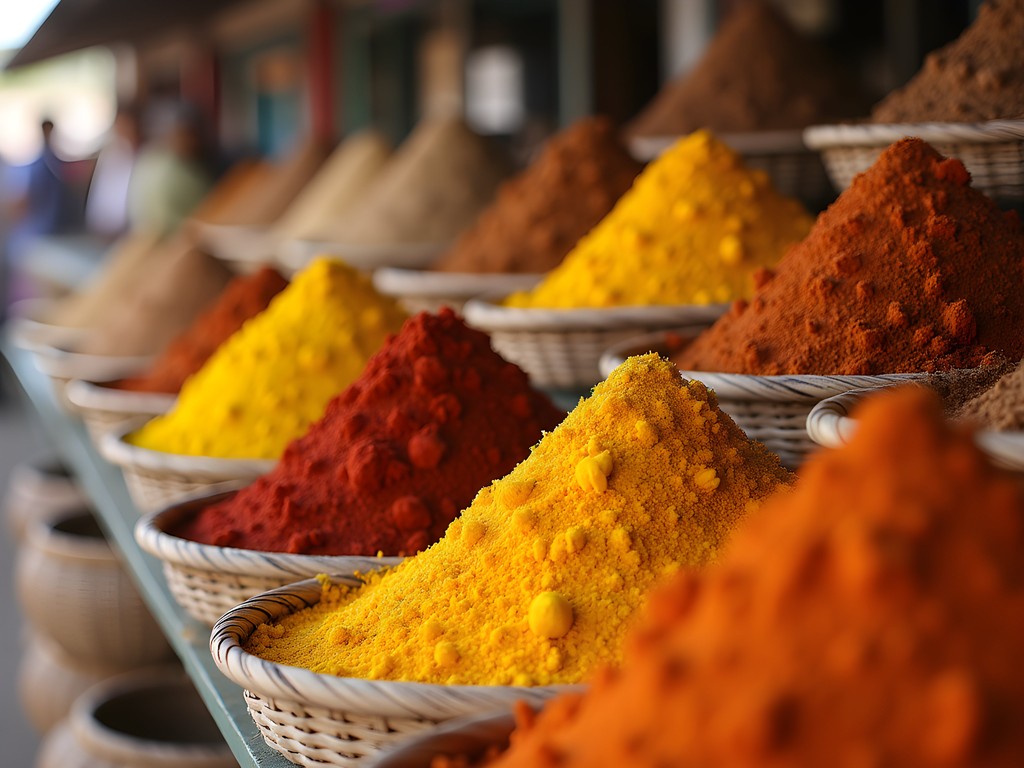
💡 Pro Tips
- Visit between 9-11am when the market is active but not overwhelmingly crowded
- Look for the colonial-era scale still used by some spice vendors—it's a great photo opportunity
- Ask permission before photographing vendors or their goods
Plateau du Serpent: From Military Outpost to Cultural Heritage
Rising above the city, Plateau du Serpent offers the most comprehensive view of Djibouti City's historical evolution. This elevated area once served as a French military stronghold, strategically positioned to monitor shipping through the Bab el-Mandeb Strait. Today, it houses government buildings and the presidential palace, symbols of independent governance.
The climb to the plateau is steep but manageable, though I was grateful for my insulated water bottle which kept our water cold despite the heat. The bottle's self-purifying feature also came in handy throughout our trip when we weren't sure about local water sources.
At the summit, we discovered a small but powerful museum dedicated to the resistance movement. Photographs, letters, and artifacts tell the story of Djiboutians who fought for independence. Most moving was a display of handwritten manifestos from the 1960s, demanding self-governance and the preservation of local cultures.
Our guide, Ahmed, whose grandfather had been imprisoned by colonial authorities for resistance activities, pointed out how the very buildings that once housed French officers now serve as cultural centers promoting Djiboutian heritage. The irony wasn't lost on us as we watched a group of schoolchildren practicing traditional Afar dances in what was formerly the colonial commandant's residence.
As the afternoon call to prayer echoed across the city, we sat on a bench overlooking the Gulf of Aden, watching container ships navigate the same waters that French warships once patrolled. The juxtaposition of colonial history and modern sovereignty was never more apparent.
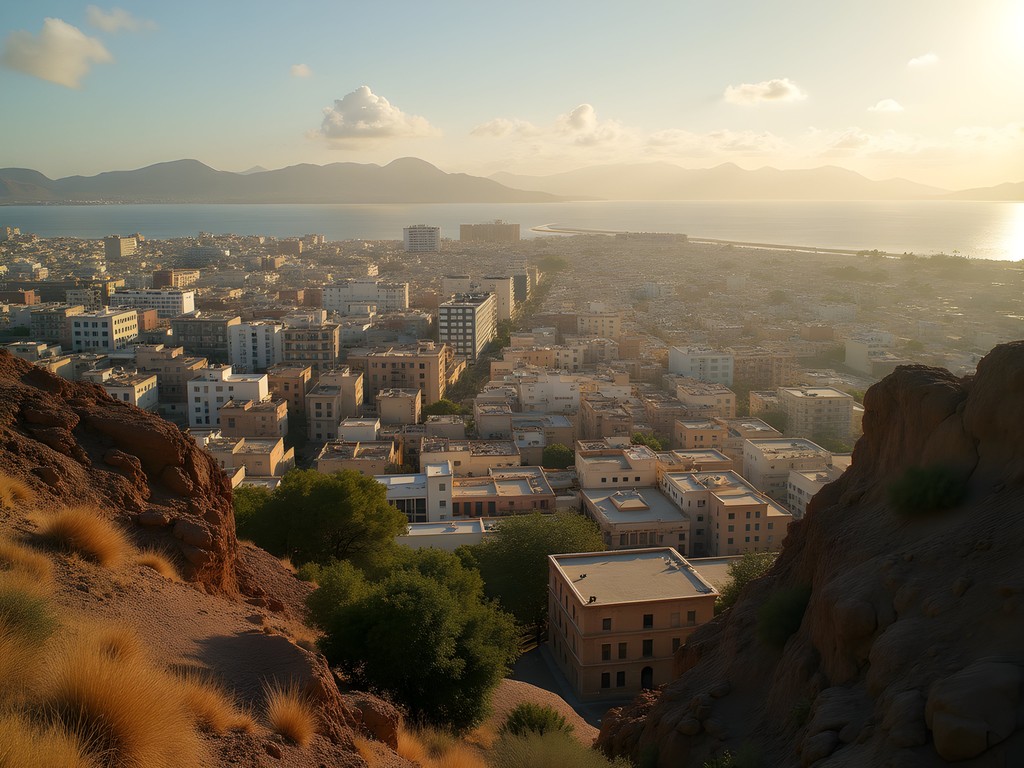
💡 Pro Tips
- Hire a local guide for this area to get personal stories connected to the independence movement
- Bring your passport as security checks are common near government buildings
- Visit late afternoon when the plateau catches beautiful pre-sunset light
Culinary Colonial Crossroads: Tasting History
As a chef, I believe no historical exploration is complete without tasting the culinary legacy of colonialism and independence. Djibouti's food scene is the perfect embodiment of its complex past—French techniques applied to East African ingredients, with Middle Eastern and Asian influences woven throughout.
We started our culinary history tour at Restaurant La Mer Rouge, housed in a restored colonial-era customs building along the port. Here, traditional Yemeni fahsa (spiced meat stew) is served alongside French-style baguettes—a delicious metaphor for the region's cultural collisions. The owner explained how his grandfather worked as a cook for French officials but secretly maintained traditional recipes that are now proudly featured on the menu.
For a more intimate experience, we booked a cooking class with Madame Fatouma, whose home kitchen in the old quarter has been teaching visitors traditional Djiboutian cooking for over twenty years. Under her patient guidance, we prepared skoudehkaris (a spiced rice dish with influences from both French and Arabic cooking techniques) using her family's mortar and pestle. The same type of stone grinder has been used here for generations, long before and after colonial presence.
"Food is how we preserved our identity when others tried to change us," Madame Fatouma told us as we ground fresh spices. "The French brought new ingredients, but we kept our flavors."
Our final evening led us to Café de la Gare, where the chef prepares a fusion menu that intentionally traces Djibouti's culinary evolution. We enjoyed camel meat prepared with a French red wine reduction alongside traditional laxoox flatbread—the perfect representation of a nation that has absorbed outside influences while maintaining its core identity.
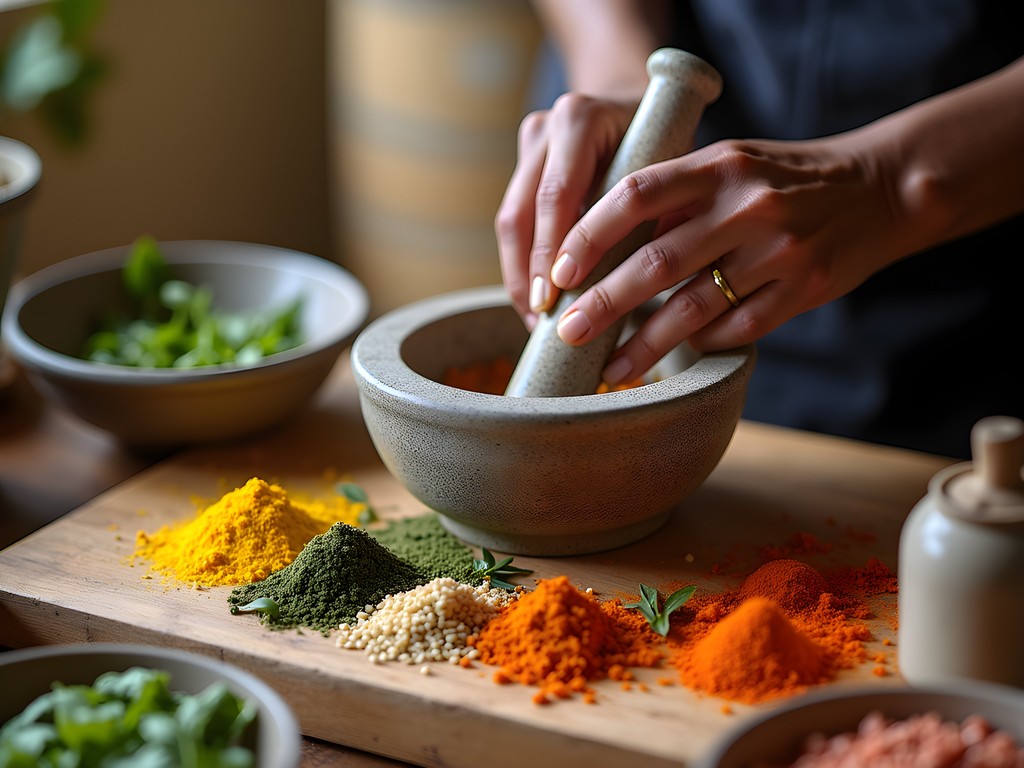
💡 Pro Tips
- Book cooking classes at least 3 days in advance through your hotel
- Try the fusion breakfast at Café de la Gare which combines French pastries with traditional Djiboutian cardamom coffee
- Ask about the history behind specific dishes—most restaurant owners are happy to share stories
Final Thoughts
As our weekend in Djibouti City came to an end, I found myself reflecting on how rarely this destination appears on couples' travel itineraries—and what a shame that is. Few places offer such a concentrated, accessible journey through colonial history to independence, all within a compact city you can explore hand-in-hand with your partner.
What struck me most wasn't just the physical remnants of colonial rule transformed into symbols of sovereignty, but the stories of ordinary Djiboutians who navigated these complex transitions. From market vendors still using colonial-era trade routes to chefs who preserved culinary heritage while incorporating new influences, the city embodies resilience and adaptation.
For couples who connect through shared learning experiences, Djibouti City offers the perfect blend of historical immersion and intimate discovery. You'll leave with not just photos, but conversations about identity, power, and cultural preservation that continue long after your flight home. As we did, pack an open mind, comfortable shoes, and plenty of water—this historical journey through Djibouti City will challenge your perspectives while bringing you closer together.
✨ Key Takeaways
- Djibouti City offers an accessible weekend immersion into colonial history and independence
- Winter provides ideal temperatures for exploring historical sites on foot
- The culinary scene tells the story of colonialism and independence through flavor
- Local guides provide personal connections to historical events
- The city's compact size makes it perfect for couples who want to explore history together
📋 Practical Information
Best Time to Visit
November-February (winter)
Budget Estimate
$100-150 per day per couple (mid-range)
Recommended Duration
2-3 days
Difficulty Level
Moderate
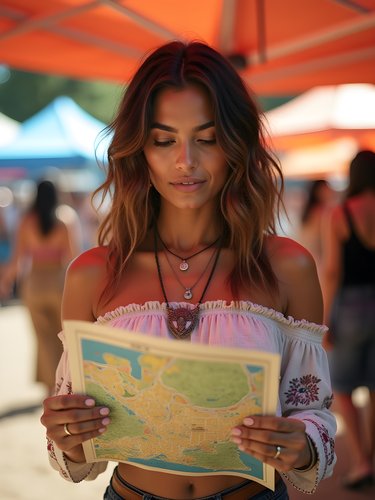

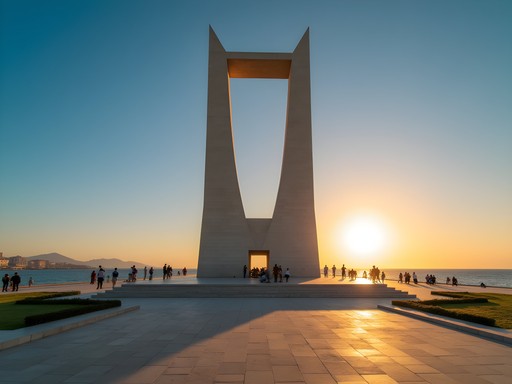

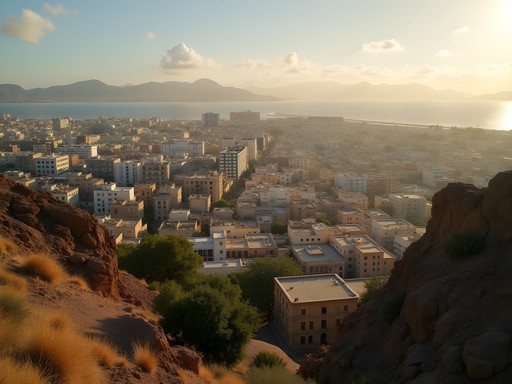
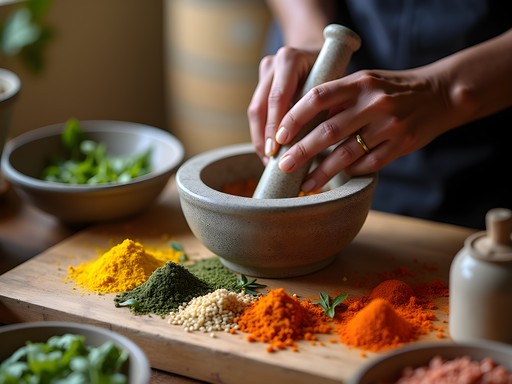


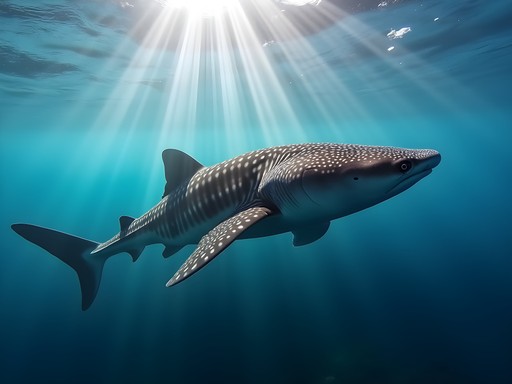







Comments
Riley Griffin
This brings back memories! We took our kids (13 & 15) to Djibouti last year as part of our 'off-the-beaten-path' education year. The Plateau du Serpent was their favorite - our son kept saying it felt like being in an Indiana Jones movie! We hired a local guide named Mahmoud who added so much context about the transition from colonial rule to independence. One tip: the museum near Place Menelik has English translations but they're not great - I recommend grabbing phrasebook if you don't speak French. The kids still talk about that weekend trip!
globebuddy
Did you feel it was safe for family travel? Been considering it but heard mixed things.
Riley Griffin
We felt completely safe in Djibouti City! Just used normal travel precautions. The people were incredibly welcoming, especially to our kids. Outside the city, we stuck with guides for day trips.
moonone
Wow, never considered Djibouti as a destination before! Your photos of the European Quarter are stunning. Adding to my bucket list!
Bella Hayes
Thanks moonone! It's definitely underrated but so worth exploring.
moonone
How was the weather when you visited? That 'cooler' winter comment has me curious!
Bella Hayes
'Cooler' is definitely relative! Still around 30°C (86°F) during the day, but much more bearable than summer temps that can hit 45°C!
culture_seeker
That shot of Place Menelik at sunset is gorgeous! What camera do you use?
worldtrekker55
Going there next month! How many days would you recommend to properly explore the historical sites?
BellaHayes
2-3 days is good for the city itself. Add another 2 if you want to include day trips to places like Lake Assal or Tadjoura.
Douglas Bradley
I visited Djibouti City last year and was similarly struck by the historical layers. The European Quarter is indeed fascinating, but I'd add that hiring a local guide really enhanced my understanding of the colonial context. The guide I found (through the tourist office near Place Menelik) offered perspectives you won't find in guidebooks. Did you make it to the presidential palace? The architecture there is another interesting example of how French colonial styles were adapted to the local climate. One tip for anyone planning a visit: the historical museum is only open limited hours and closed on Fridays - plan accordingly!
BellaHayes
Great tip about the local guide! We did see the presidential palace from outside but didn't get to tour it. And you're right about the museum hours - we almost missed it ourselves.
adventurous_soul
How safe did you both find Djibouti City? Considering a solo trip there.
Douglas Bradley
I found it quite safe as a solo traveler. Standard precautions apply of course. The main tourist areas are well-patrolled. I used my travel money belt in the markets just to be cautious, but never felt threatened. Local people were incredibly welcoming.
BellaHayes
Agree with Douglas. As a couple we felt very safe. Just be respectful of local customs, especially during prayer times.
tripmate
Djibouti City looks fascinating! Never considered it before for a trip but your photos of the colonial architecture are stunning.
BellaHayes
Thanks! It really deserves more attention as a destination. The mix of French colonial and local influences creates such a unique cityscape.
tripmate
How was the weather when you visited? Wondering if winter really is the best time.
BellaHayes
Winter is definitely more bearable! Still hot (around 30°C/86°F) but not the brutal summer heat. Morning walks were actually pleasant.
travel_with_mei
Is winter really the best time to visit? Planning a trip for next year and trying to figure out timing.
Bella Hayes
Definitely! We went in January and it was still hot (85-90°F) but manageable. Summer can reach 110°F+ which makes sightseeing really difficult. November-February is ideal!
travel_with_mei
Perfect, thanks! January it is!
globe_hopper22
Those colonial buildings look amazing! Added to my bucket list!
luckywanderer
Did you feel safe walking around with camera equipment? Planning to bring my DSLR.
Bella Hayes
Yes! I had my camera out most of the time in the main areas. Just use normal precautions like you would in any city. The European Quarter and Les Corniches felt particularly safe.
luckywanderer
Perfect, thanks! Can't wait to capture those colonial buildings.
Savannah Torres
Your post brought back so many memories! We visited Djibouti City last year with our kids (ages 8 and 10) and they were fascinated by the blend of cultures. The Plateau du Serpent was actually their favorite spot - they loved the old military lookout points and the views were perfect for family photos. One tip for families: we found the best time to explore was early morning before the heat kicked in. We'd start at 7am, take a long lunch break indoors during peak sun, then go out again around 4pm. Worked perfectly with kids! Did you try the sambusas from the street vendors near Bab-el-Mandeb Market? My kids are still talking about them!
Bella Hayes
That's such smart timing with kids! And yes, those sambusas were incredible - we probably ate our weight in them during our stay! Did you make it to the independence monument along Les Corniches? The sunset views there were spectacular.
Savannah Torres
We did! That sunset was magical - my husband actually proposed there 10 years ago (before kids) so it was special returning with our family. One thing we found helpful was having a good insulated water bottle for everyone - the water bottle kept our drinks cold all day in that heat!
Venture X
Premium card with 2X miles, $300 travel credit, Priority Pass